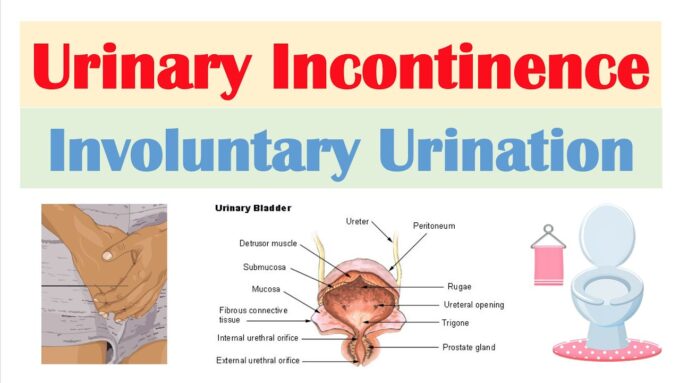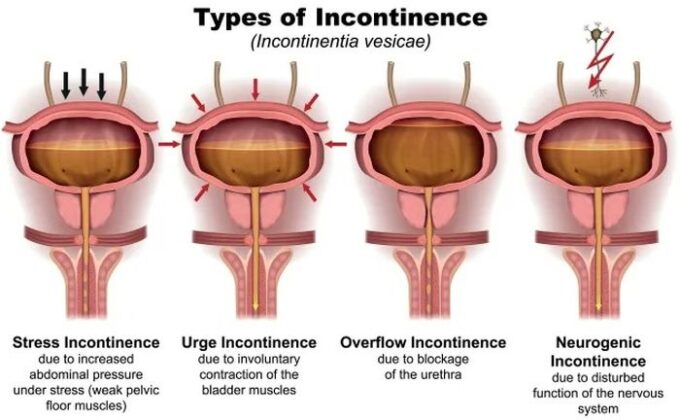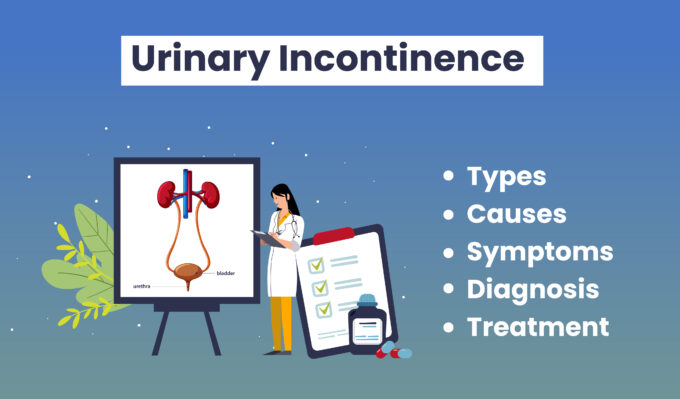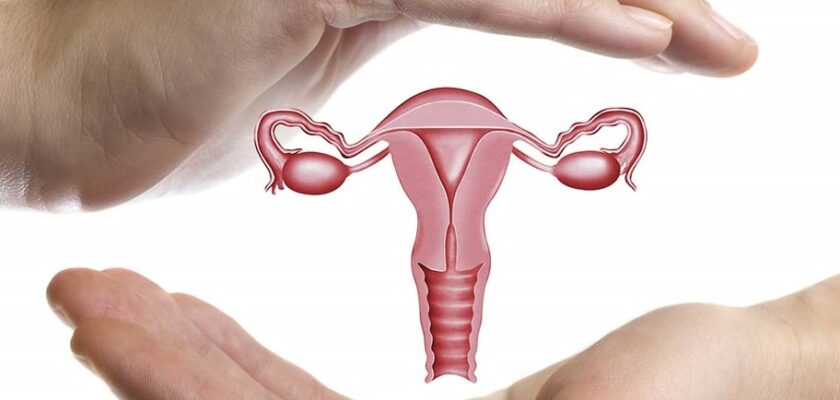If you suffer from urinary incontinence, you’re not alone. In fact, it’s a problem that affects millions of people, both men and women. While there are many surgical treatments available, they’re not always the best option. In this article, we’ll explore some of the non-surgical treatments for urinary incontinence so that you can make the best decision for your health!
What is Urinary Incontinence?

Source:youtube.com
Urinary incontinence is the involuntary leakage of urine. It can be a bit embarrassing and inconvenient, but it’s actually a very common problem, affecting millions of people of all ages. There are many different types of urinary incontinence, each with its own set of causes and treatments.
There are several non-surgical treatments for urinary incontinence that can be very effective in managing the condition. These include:
- Pelvic floor muscle exercises: Also known as Kegel exercises, these are designed to strengthen the muscles around the bladder and urethra, which can help to prevent or reduce leaks.
- Biofeedback: This is a type of therapy that uses sensors to help you become aware of your pelvic floor muscles and learn how to control them.
- Incontinence treatment stimulator: This treatment uses electrical impulses to help strengthen the muscles around the bladder and urethra.
- Medications: There are several medications that can be used to treat urinary incontinence, including anticholinergics, beta-blockers, and alpha-adrenergic agonists.
- Pessaries: These are small devices that are inserted into the vagina to help support the bladder and urethra.
- Surgery: In some cases, surgery may be necessary to treat urinary incontinence. There are several different types of surgery that can be used, depending on the cause of the incontinence.
Types of Urinary Incontinence

Source:orchardclinic.com
There are four main types of urinary incontinence: stress, urge, functional, and mixed.
– Stress incontinence is the most common type of urinary incontinence in women. It is caused by changes in the muscles and tissues that support the bladder and urethra. pregnancy, childbirth, and menopause are some of the most common causes of stress incontinence.
– Urge incontinence is another type of urinary incontinence. It is caused by an overactive bladder muscle. This type of urinary incontinence is more common in older adults. Parkinson’s disease, stroke, and multiple sclerosis are some of the conditions that can cause urge incontinence.
– Functional incontinence is a type of urinary incontinence that is caused by a physical or mental impairment that makes it difficult to control urination. Alzheimer’s disease, dementia, and cerebral palsy are some of the conditions that can cause functional incontinence.
– Mixed incontinence is a combination of stress and urge incontinence. This type of urinary incontinence is the most difficult to treat.
What Causes Urinary Incontinence?

Source:ariashospital.com
There are many different causes of urinary incontinence, and the condition can develop in both men and women. Some of the most common causes include:
– Pregnancy and childbirth: The pressure of carrying a baby can weaken the muscles that control urine flow, leading to incontinence.
– Prostate problems: Enlargement of the prostate gland can put pressure on the urethra and lead to incontinence.
– Neurological conditions: Conditions like Parkinson’s disease or multiple sclerosis can damage the nerves that control the bladder, leading to incontinence.
– Other health conditions: Urinary incontinence can also be a side effect of other health conditions like diabetes, obesity, or high blood pressure.
How is Urinary Incontinence Diagnosed?

Source:healthlibrary.askapollo.com
Urinary incontinence is most often diagnosed by a physical exam and a review of your medical history. Your doctor may also ask you to perform a bladder diary to track your symptoms. In some cases, your doctor may recommend additional tests, such as:
– Urodynamic testing: This test measures how well your bladder muscle and urethra are functioning.
– Cystoscopy: This test allows your doctor to check for any abnormalities in your urinary tract.
– Urinalysis: This test can help rule out a urinary tract infection as the cause of your incontinence.
Once urinary incontinence is diagnosed, your doctor will work with you to develop a treatment plan.
What are the Treatments for Urinary Incontinence?
There are several treatments for urinary incontinence, both surgical and non-surgical. The best course of treatment depends on the underlying cause of the incontinence, as well as the severity and frequency of symptoms.
Non-surgical treatments for urinary incontinence include:
* Pelvic floor muscle training: This involves strengthening the muscles that support the bladder and urethra. Pelvic floor muscle training can be done with the help of a physical therapist, or on your own at home using exercises and devices such as vaginal weights or electrical stimulation.
* Bladder training: This involves gradually increasing the amount of time between bathroom visits, until you are able to control your urge to urinate. Bladder training is often combined with pelvic floor muscle training.
* Medications: There are several medications that can be used to treat urinary incontinence, including anticholinergics, beta-3 adrenergic agonists, and tricyclic antidepressants. These medications work by relaxing the bladder muscles or by increasing nerve signals that tell the brain when the bladder is full.
Surgical treatments for urinary incontinence include:
* Suspending the bladder: This surgery involves attaching the bladder to the pelvic bones or muscles to provide support and prevent it from drooping.
* Repairing the bladder: This surgery involves repairing any defects in the bladder, such as a tear or hole.
* Installing a sling: This surgery involves placing a supportive band around the urethra to hold it in place and prevent leakage.
* Implanted devices: This surgery involves placing a device under the skin that sends electrical signals to the nerves that control the bladder muscles.
When to See a Doctor for Urinary Incontinence?
If you’re experiencing urinary incontinence, it’s important to see a doctor to rule out any underlying medical conditions. Urinary incontinence can be a symptom of a more serious problem, so it’s important to get a professional opinion.
There are a variety of treatments for urinary incontinence, both surgical and non-surgical. If you’re struggling with incontinence, talk to your doctor about your options and find the best treatment plan for you.
Conclusion
Overall, there are many non-surgical treatments for urinary incontinence that are available and effective. While some people may require surgery to correct the problem, many others will find relief with nonsurgical methods. If you are suffering from urinary incontinence, speak to your doctor about the best treatment options for you.

